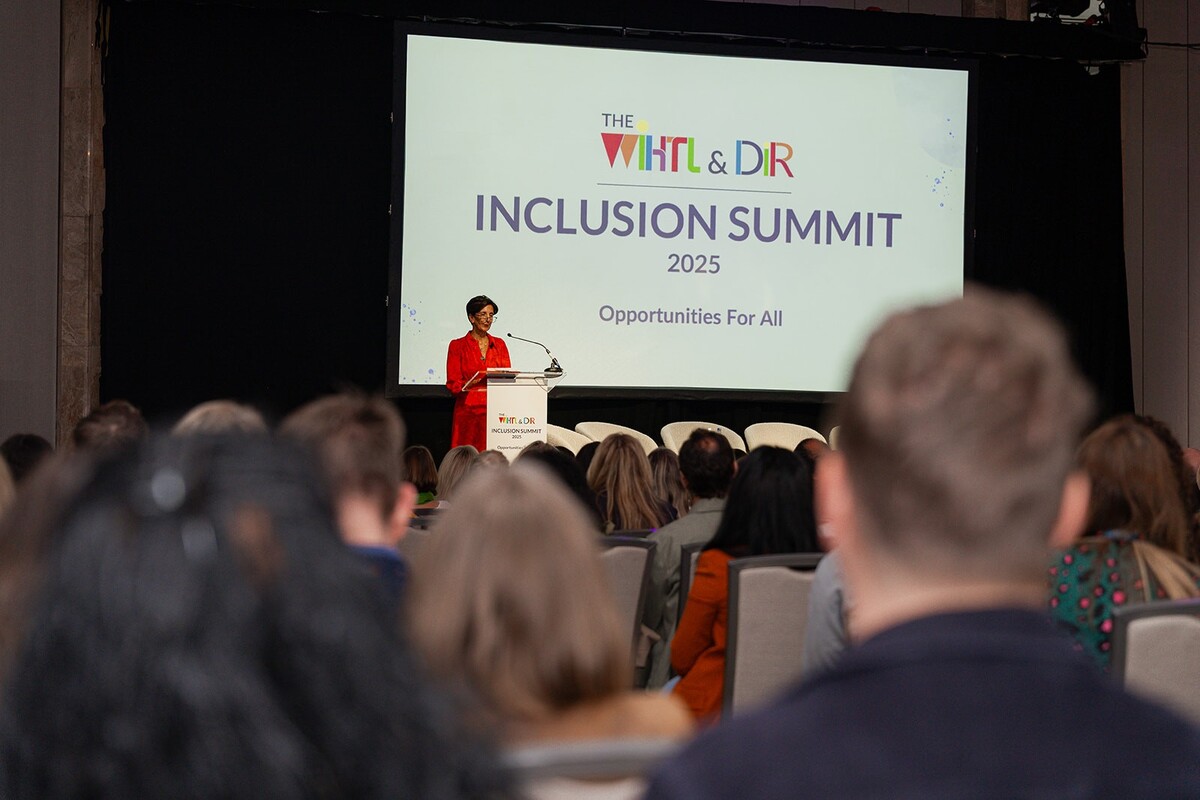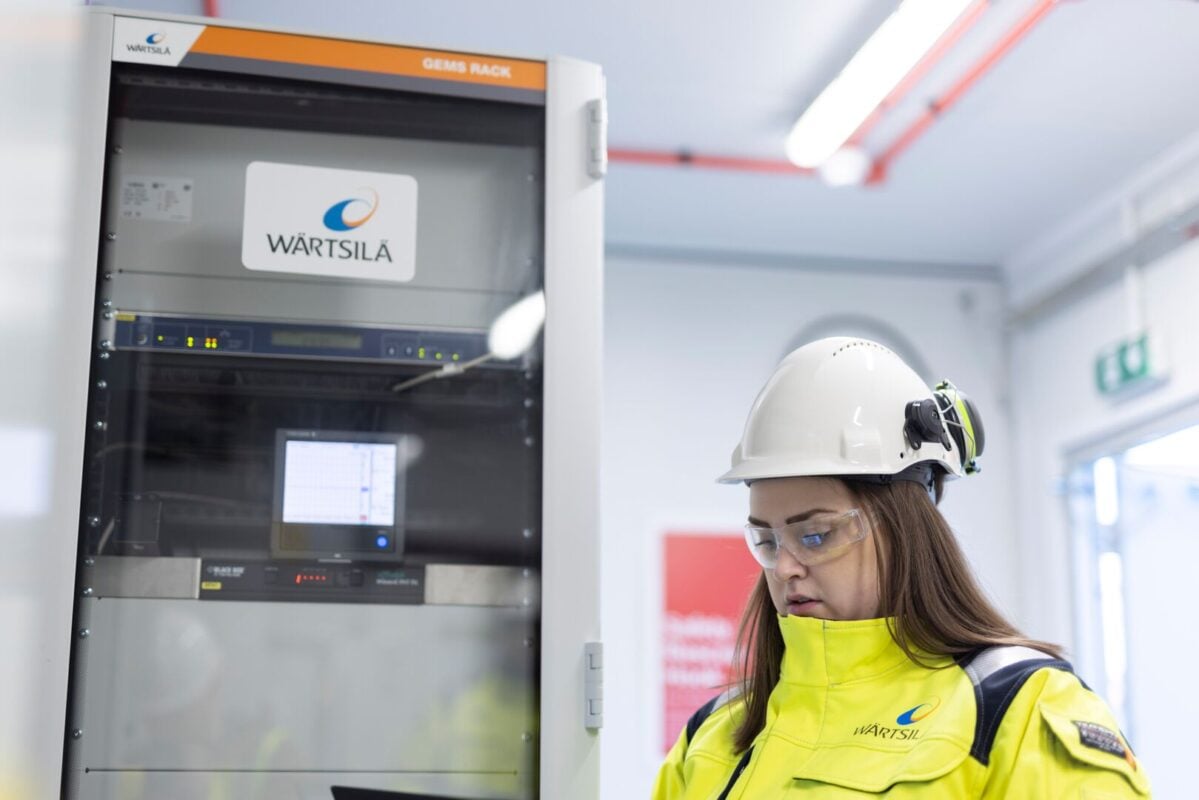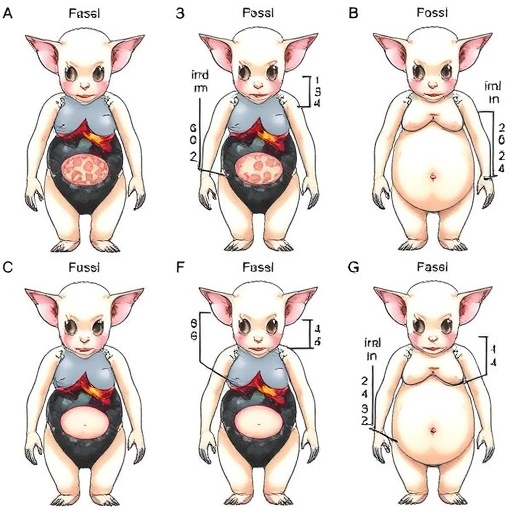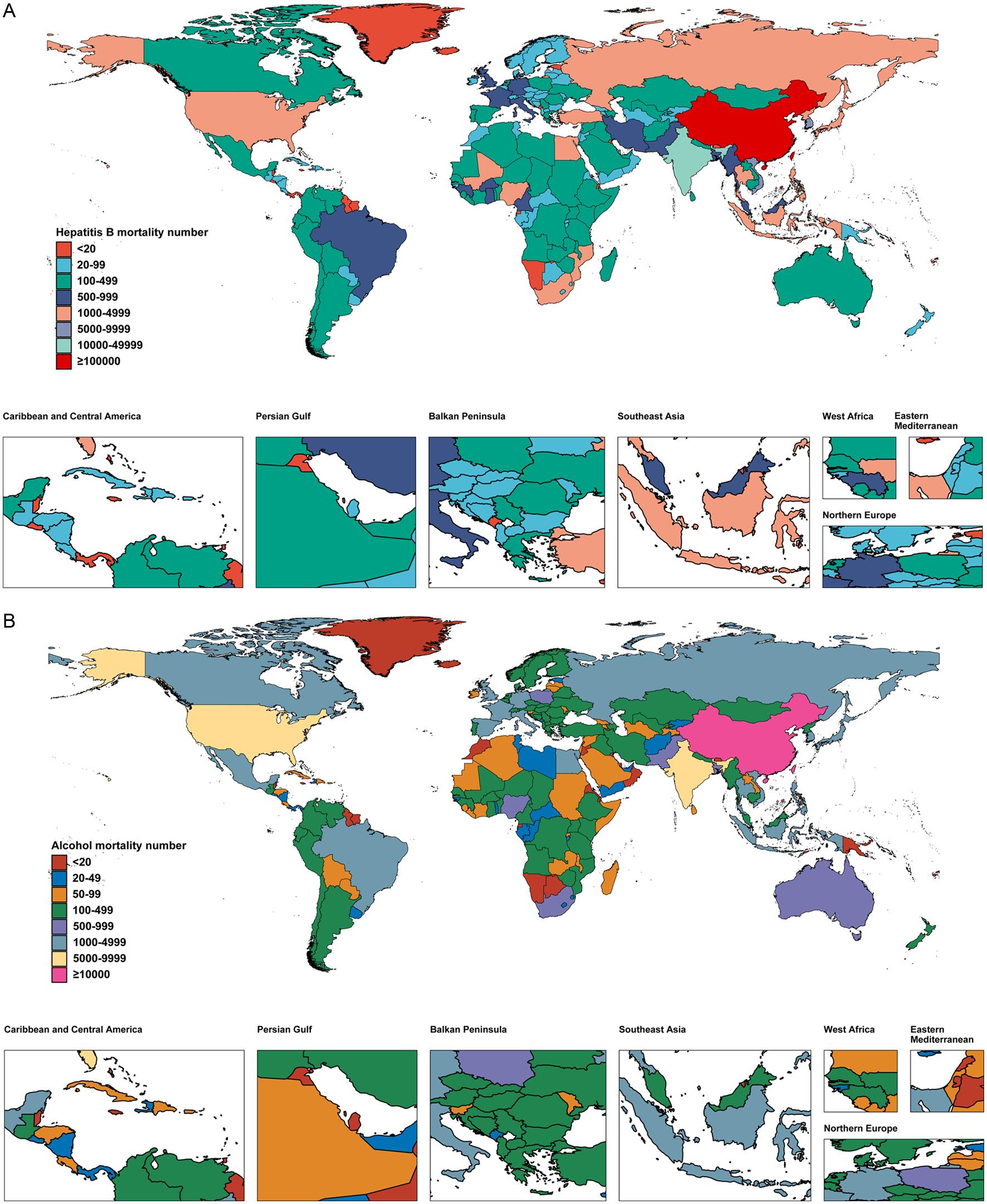A new “link” to triple-negative breast cancer – Cold Spring Harbor Laboratory

Report on the Discovery of LINC01235’s Role in Triple-Negative Breast Cancer
Introduction
Breast cancer remains one of the most prevalent cancers among women in the United States, with significant advancements in treatment over recent decades. However, triple-negative breast cancer (TNBC), an aggressive subtype accounting for 10 to 15 percent of breast cancer cases, disproportionately affects younger and African American women and currently lacks effective therapies. This report highlights a recent discovery by Cold Spring Harbor Laboratory (CSHL) Professor David Spector and graduate student Wenbo Xu, which may contribute to developing new treatments for TNBC, aligning with the Sustainable Development Goal (SDG) 3: Good Health and Well-being.
Research Overview
The research, published in Molecular Cancer Research, focuses on the role of long non-coding RNAs (lncRNAs) in cancer formation. The team identified LINC01235, a rarely studied lncRNA previously linked to gastric cancer, as a key factor in TNBC progression.
- Identification of LINC01235: RNA sequencing of human breast tumor organoids revealed the presence of LINC01235.
- Correlation with NFIB Gene: Analysis of The Cancer Genome Atlas data indicated that LINC01235 expression correlates with the breast cancer gene NFIB, known to be associated with TNBC.
- Functional Studies: Using CRISPR and antisense molecules, the researchers reduced LINC01235 expression in cancer cells and organoids, which led to decreased NFIB expression and suppressed TNBC organoid formation.
Key Findings
- LINC01235 positively regulates NFIB transcription.
- This regulation modulates the NOTCH signaling pathway, influencing cell proliferation in TNBC progression.
- Targeting LINC01235 could provide a novel therapeutic approach for TNBC.
Implications for Sustainable Development Goals
This discovery contributes directly to SDG 3: Good Health and Well-being by advancing understanding of a deadly cancer subtype and opening avenues for new treatments. Furthermore, the research supports SDG 9: Industry, Innovation, and Infrastructure through the application of cutting-edge technologies such as CRISPR gene editing and RNA sequencing.
Future Directions
- Further research is required to fully elucidate the mechanisms by which LINC01235 influences TNBC.
- Identification of lncRNAs as potential therapeutic targets remains a long-term goal.
- Development of targeted therapies based on these findings could reduce cancer mortality and improve health equity, addressing SDG 10: Reduced Inequalities.
Supporting Facilities and Funding
The research utilized core facilities at CSHL, including:
- Flow Cytometry Shared Resource: Provided equipment, training, and assistance with cellular analysis and cell sorting.
- Microscopy Core Facility: Offered advanced imaging technologies and quantitative image analysis.
Funding was provided by the National Cancer Institute, supporting the advancement of cancer research consistent with global health objectives.
Principal Investigator
David L. Spector
Professor, Robert B. Gardner Jr. Professor, Cancer Center Member
Ph.D., Rutgers University, 1980
More Information
Reference
Xu, W., et al. (2025). LINC01235 is an Upstream Regulator of the NFIB Gene and the NOTCH Pathway in Triple Negative Breast Cancer. Molecular Cancer Research. DOI: 10.1158/1541-7786.MCR-24-1143
1. Sustainable Development Goals (SDGs) Addressed or Connected
-
SDG 3: Good Health and Well-being
- The article focuses on breast cancer, specifically triple-negative breast cancer (TNBC), a deadly disease affecting women.
- It highlights research aimed at understanding mechanisms and developing potential therapies for TNBC, directly related to improving health outcomes.
-
SDG 9: Industry, Innovation and Infrastructure
- The article discusses advanced scientific research techniques such as RNA sequencing, CRISPR gene editing, and organoid models.
- This reflects innovation in biotechnology and medical research infrastructure.
-
SDG 10: Reduced Inequalities
- The article mentions that TNBC disproportionately affects younger and African American women, highlighting health disparities.
- Research targeting this disease can contribute to reducing inequalities in health outcomes.
2. Specific Targets Under Those SDGs Identified
-
Under SDG 3: Good Health and Well-being
- Target 3.4: By 2030, reduce by one third premature mortality from non-communicable diseases through prevention and treatment and promote mental health and well-being.
- Target 3.b: Support the research and development of vaccines and medicines for the communicable and non-communicable diseases that primarily affect developing countries.
-
Under SDG 9: Industry, Innovation and Infrastructure
- Target 9.5: Enhance scientific research, upgrade the technological capabilities of industrial sectors, including encouraging innovation and increasing the number of research and development workers.
-
Under SDG 10: Reduced Inequalities
- Target 10.2: Empower and promote the social, economic and political inclusion of all, irrespective of age, sex, disability, race, ethnicity, origin, religion or economic or other status.
3. Indicators Mentioned or Implied to Measure Progress
-
Indicator for Target 3.4
- Mortality rate attributed to cardiovascular disease, cancer, diabetes or chronic respiratory disease.
- The article implies measuring TNBC incidence and mortality rates as a way to track progress in reducing premature mortality from this cancer type.
-
Indicator for Target 3.b
- Proportion of the population with access to affordable essential medicines and vaccines on a sustainable basis.
- Progress can be measured by the development and availability of effective therapies for TNBC, as the article discusses potential new therapeutic targets.
-
Indicator for Target 9.5
- Research and development expenditure as a proportion of GDP.
- Number of researchers per million inhabitants.
- The article highlights research activities, use of advanced technologies, and involvement of scientific personnel, which relate to these indicators.
-
Indicator for Target 10.2
- Proportion of people living below 50% of median income, by sex, age and persons with disabilities.
- While not explicitly stated, addressing health disparities in TNBC among African American and younger women implies monitoring inequalities in health outcomes.
4. Table: SDGs, Targets and Indicators
| SDGs | Targets | Indicators |
|---|---|---|
| SDG 3: Good Health and Well-being |
|
|
| SDG 9: Industry, Innovation and Infrastructure |
|
|
| SDG 10: Reduced Inequalities |
|
|
Source: cshl.edu

What is Your Reaction?
 Like
0
Like
0
 Dislike
0
Dislike
0
 Love
0
Love
0
 Funny
0
Funny
0
 Angry
0
Angry
0
 Sad
0
Sad
0
 Wow
0
Wow
0


























.png.webp?itok=oUrWXcvl#)

:focal(2620,1821)/https://media.globalcitizen.org/60/0a/600a77ce-594c-49ce-b428-dd977e3d2328/d4_csdw_thailand_2149_1.jpg?#)

















































